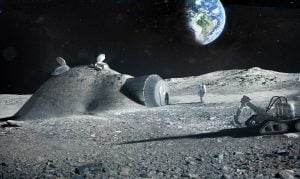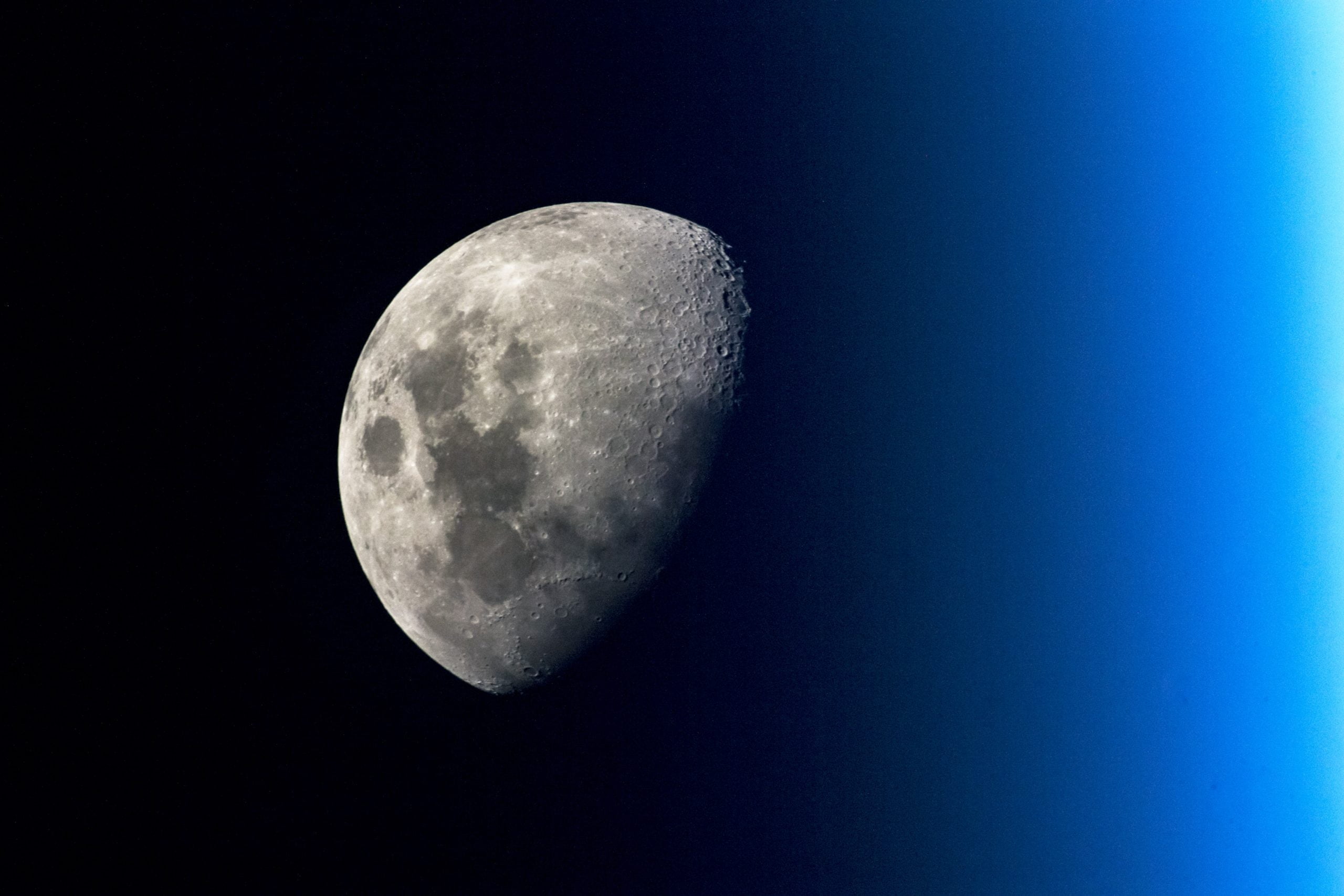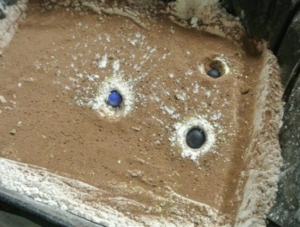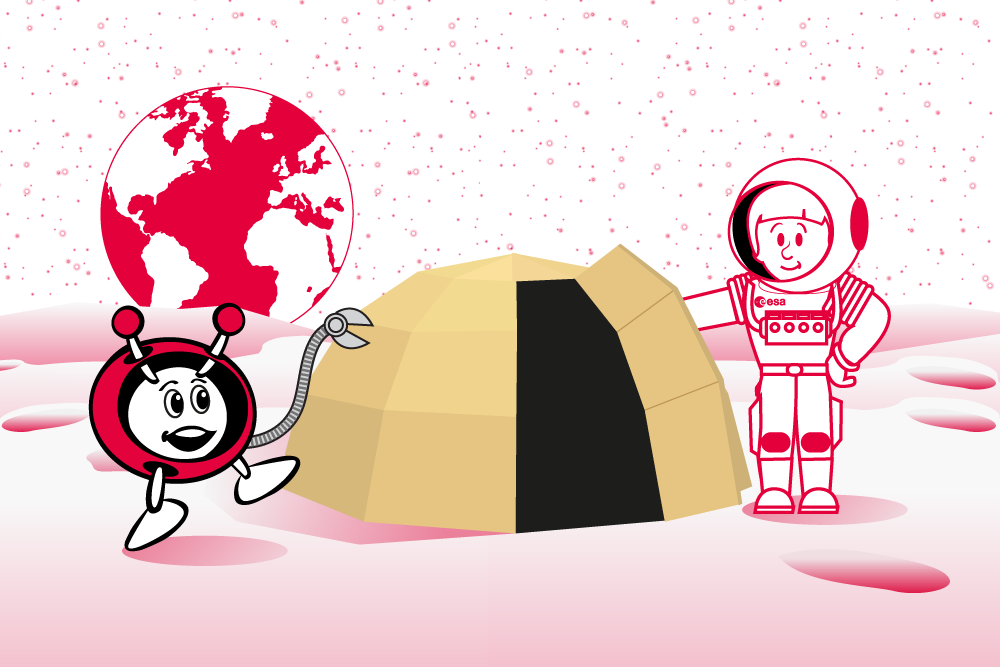Moon Shelter – Investigating different shelters on Earth and in space
In this set of activities, pupils will analyse the importance of having shelter for protection on Earth and in space.
Pupils will compare the environmental conditions on Earth and on the Moon, and in a group they will imagine and build their own Moon shelter using materials comparable to the soil on the Moon, known as Moon analogues.
Learning Objectives:
Age range:
8-12 years old
Time
Lesson: 90 minutes
Resource available in:
Activity 1: Taking shelter
In this activity, pupils analyse their local environment and identify the weather events that they take shelter from in their daily lives. They will also identify the characteristics of different shelters and their positive and negative points. Pupils should record their answers in the worksheet or in their notebook.
Equipment
Activity 2: World shelters
In this activity, pupils will investigate the different environments that exist on Earth. They will compare their local weather conditions to some of the most extreme that occur around the world. They will then explore the types of shelters that are used in these locations.
Equipment

Activity 3: Could you live on the Moon?
After exploring different conditions on Earth in Activities 1 and 2, pupils will now investigate the different conditions that exist in space – focusing on the Moon.
Equipment
Activity 4: Making a home on the Moon
In this activity, pupils will apply the knowledge they have aquired in the previous activities to design and build their ideal Moon shelter.

Equipment
Did you know?
The environment on the Moon is very different from Earth. The Moon’s surface is very rocky, covered with very thin dark dust, similar to sand known as regolith.
Day and night are also very different on the Moon. One day on the Moon lasts almost the same as one month on Earth. This means that on the Moon it is daytime during 15 Earth days straight and then night-time for 15 Earth days straight.
Day and night are also very different on the Moon. One day on the Moon lasts almost the same as one month on Earth. This means that on the Moon it is daytime during 15 Earth days straight and then night-time for 15 Earth days straight.

This image of the Moon was taken from the International Space Station by ESA astronaut Alexander Gerst

Teach with the Moon
ESA’s Teach with the Moon webpage. A collection of lunar resources for teachers and educators.

Up up up! Build and launch your own rocket
Brief description: In this set of four group activities pupils build three different rockets. The first is a simple paper rocket powered by blowing into

Tell-tale signs of a shooting star – Comets, meteors and craters in the Solar System
Brief description: To many ancient civilisations, the tale of a shooting star was an omen of things to come. In this series of activities, pupils



